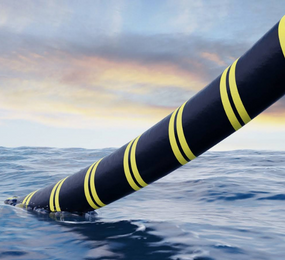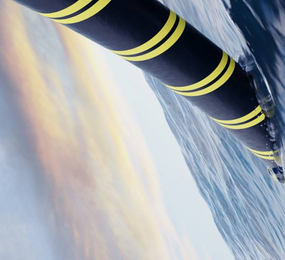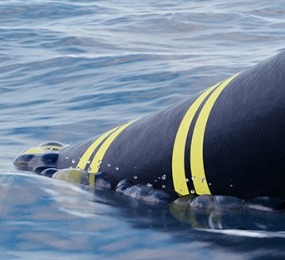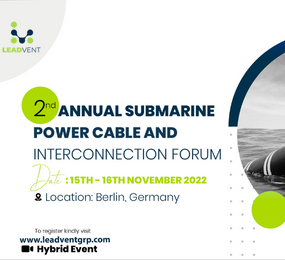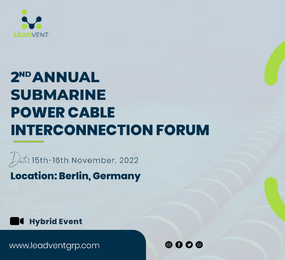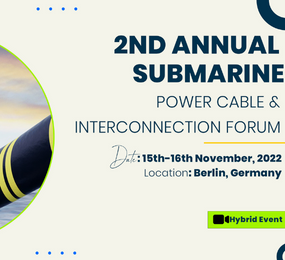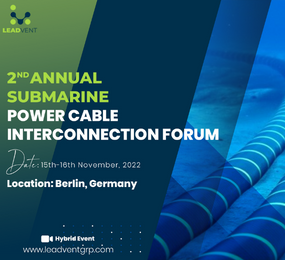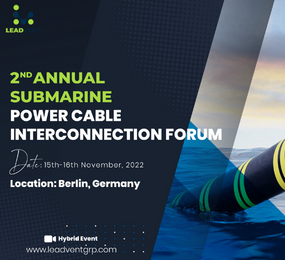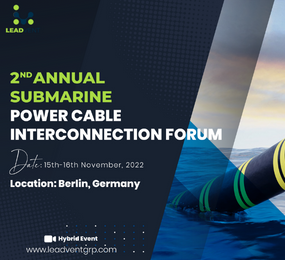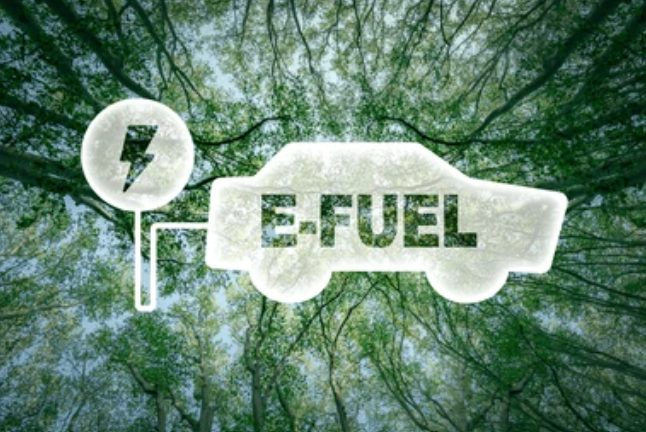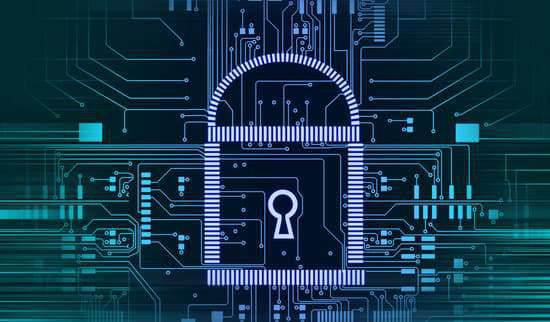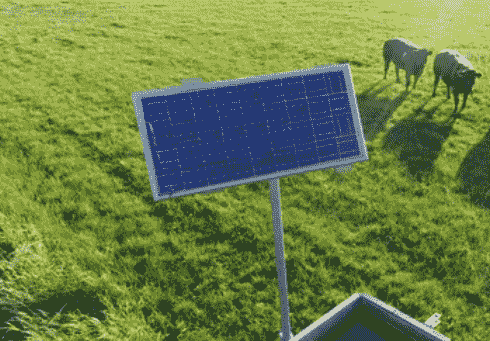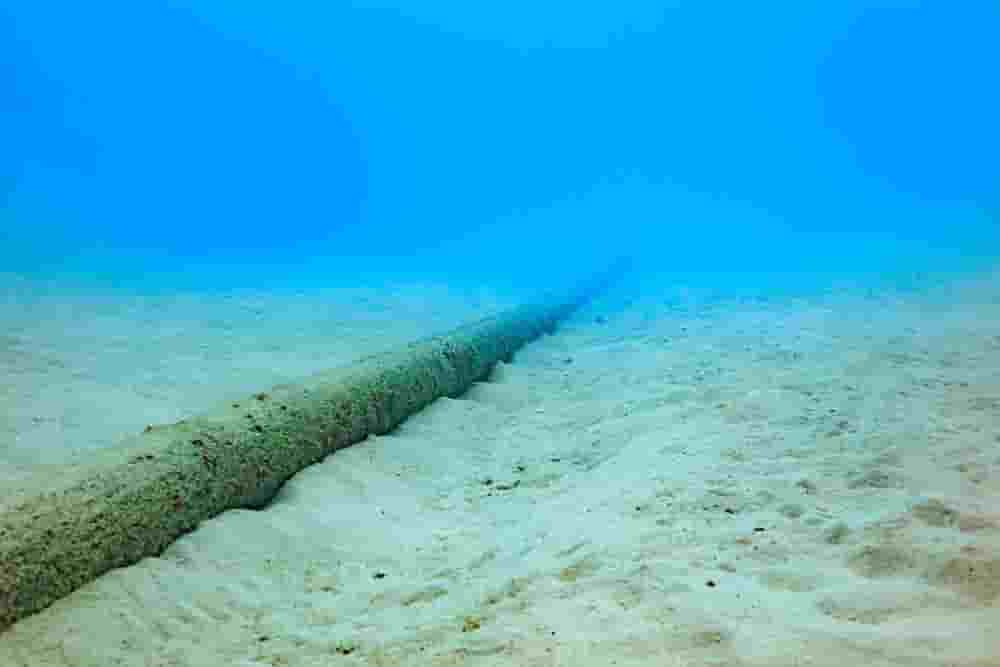In the fight against climate change, even seemingly small advancements can have a significant impact.
This essay explores how implementing green practices in subsea cable installation and maintenance
contributes to mitigating environmental impacts and fostering sustainability.
Efficient Cable Design and Materials:
Green subsea cable practices start with the design phase, where materials with minimal environmental
impact are chosen. This includes opting for recyclable materials, reducing cable weight to minimize
seabed disturbance during installation, and enhancing cable longevity to reduce the need for
replacements.
Renewable Energy for Operations:
Implementing renewable energy sources, such as solar or wind power, to supply energy for subsea cable
operations reduces reliance on fossil fuels and minimizes carbon emissions associated with cable
maintenance activities.
Environmental Impact Assessment:
Prior to installation, thorough environmental impact assessments are conducted to identify sensitive
habitats and marine ecosystems. By carefully planning cable routes and installation methods, adverse
impacts on marine biodiversity can be minimized.
By integrating green practices into subsea cable projects, stakeholders can play a significant role in
combating climate change. From design to operation, each step contributes to reducing environmental
footprints and fostering sustainability in the marine environment.
Visit our website to know more: https://www.leadventgrp.com/events/4th-annual-subsea-cableinstallation-asset-management-reliability-forum/details
For more information and group participation, contact us: [email protected]
Leadvent Group - Industry Leading Events for Business Leaders!


